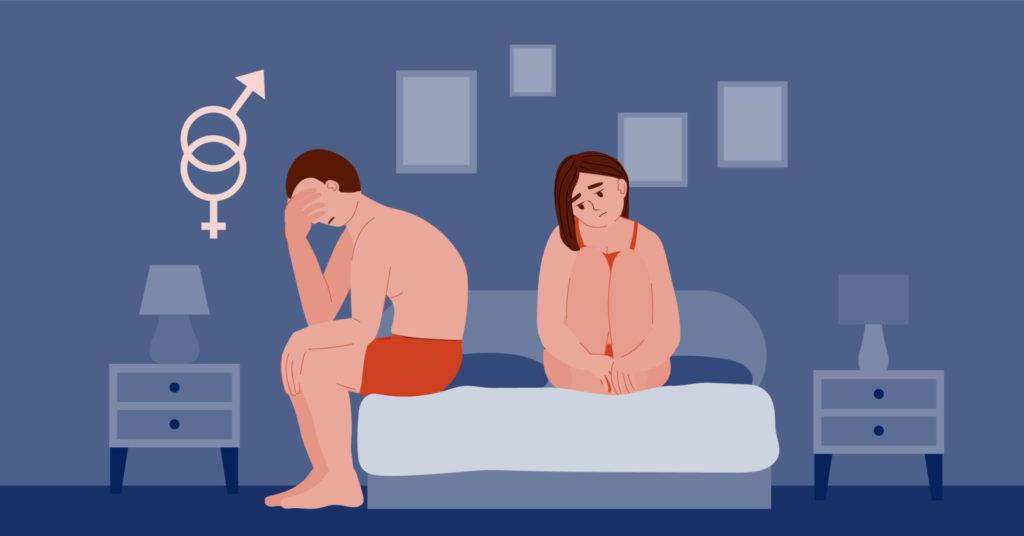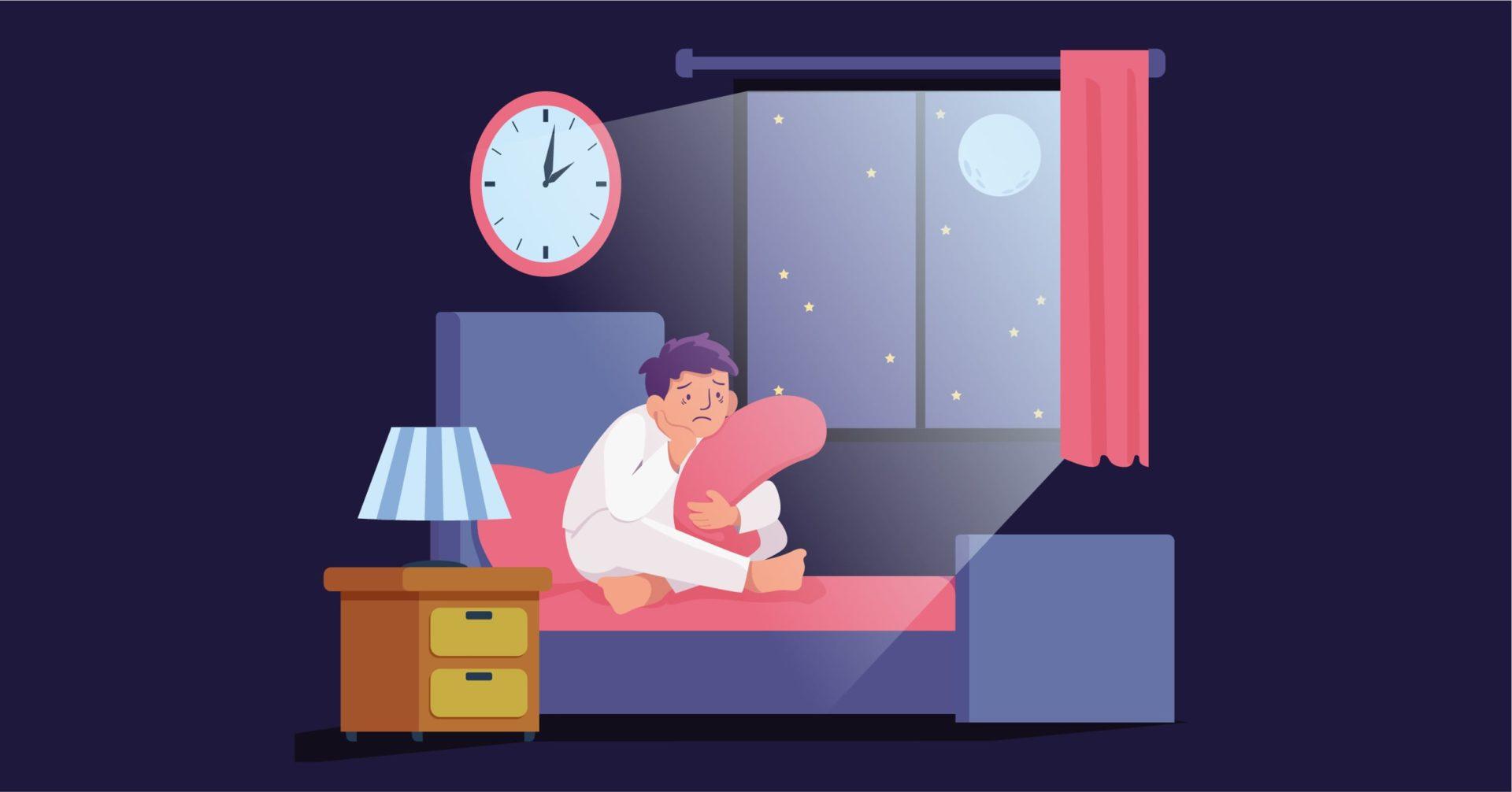Overview
This disorder is characterised by the lack of sexual desire as well as lack of interest in sexual activities. Female Sexual/Interest Arousal Disorder can be seen when there is reluctance to initiate sexual activities, inability to orgasm and lack of sexual desire. It often results in dissatisfaction in the relationship for all the parties involved.
The causes for FSIAD are not clear. However, the prevalence of FSIAD is almost up to 39%. Research studying neurogenic mechanisms of female sexual function declare the importance of Nitrous Oxide in the lubrication of vaginal walls, secretions of hormones, etc.
However, further studies are warranted. Other mechanisms studying sexual dysfunction in women include reduced blood flow to the vaginal wall and clitoral smooth muscles, pelvic trauma, etc. Hormonal imbalances are also looked into while diagnosing with FSIAD.
Psychosocial factors may include relationship issues, mood dysregulation and sociocultural influences. Relationships which lack a sense of trust, security and stability may lose physical intimacy and increase the chances for sexual dysfunction.
Women who are shy, have low self esteem are more prone to feelings of depression and anxiety may greatly affect sexual function. Sociocultural views which disregard female sexual pleasure often affect sexual desires and sexual function in women.
Common Signs and Symptoms
Signs and symptoms include:
- Decreased or no interest in sexual activities.
- Lack or decreased sexual desire which may be expressed verbally like “ I don’t feel like it” “Can we do this another time?” “I haven’t been up for it lately.”
- Lack of initiation of sexual activity.
- Not feeling sexual pleasure. Dissatisfaction during sex.
- Reduced genital sensitivity.
- There is apparent distress and causes significant disruption in people’s lives and relationships. This distress may be in the form of feeling inadequate in meeting a partner’s needs, self esteem issues, etc.
Risk Factors
Risk factors associated with FSIAD include temperamental factors such as negative cognitions and attitudes such as dehumanising women’s ability to experience sexual pleasure, etc. Environmental factors such as relationship issues, lack of understanding, security or trust.
Developmental history also plays a huge role in the development of FSIAD. Childhood trauma and abuse, sexual abuse are all linked with the development of FSIAD. Medical conditions such as thyroid or diabetes are also linked to FSIAD.
Diagnosis
To be diagnosed with FSIAD, following criteria must be met for at least 6 months:
- Lack of sexual desire
- Lack of initiation of sexual activity or unresponsiveness towards partner’s attempts.
- Lack of sexual fantasy or thought
- Lack of/reduced sexual pleasure while having sex or reduced genital sensations
- Lack of/reduced responsiveness to sexual advancements and cues
A psychologist often diagnoses female patients with FSIAD. They are required to rule out effects of substance, depression or any other mental disorders that may cause lack of interest in sexual activities in general. The symptoms cause impairment in functioning and sexual dissatisfaction among the partners.
Treatment
Treatment options include psychotherapy as well as medication. Hormone therapy is suggested to women who have low levels of several hormones. Testosterone treatment is often recommended.
Psychotherapy is often in the form of patient education where the onus is to understand what is normal, anatomy education, etc. Couples’ therapists and sex therapists often help partners understand each other’s issues and help with management of the disorder.
Differential Diagnosis
1. Nonsexual mental disorders: Nonsexual mental disorders, such as major depressive disorder,may explain the lack of sexual interest/arousal. If the lack of interest or arousal is completely attributable to another mental disorder, then a diagnosis of female sexual interest/arousal disorder would not be made.
2. Substance/medication use: Substance or medication use may explain the lack of interest/ arousal.
3. Another medical condition: If the sexual symptoms are considered to be almost exclusively associated with the effects of another medical condition, then a diagnosis of female sexual interest/arousal disorder would not be made.
4. Interpersonal factors: If interpersonal or significant contextual factors, such as severe relationship distress, intimate partner violence, or other significant stressors, explain the sexual interest/arousal symptoms, then a diagnosis of female sexual interest/arousal disorder would not be made.
5. Other sexual dysfunctions: The presence of another sexual dysfunction does not rule out a diagnosis of female sexual interest/arousal disorder. It is common for women to experience more than one sexual dysfunction.
6. Inadequate or absent sexual stimuli: It is important to assess the sexual stimuli within the woman’s sexual experience. In cases where inadequate or absent sexual stimuli are contributing to the clinical picture, there may be evidence for clinical care, but a sexual dysfunction diagnosis would not be made.
Comorbidity
Sexual distress and dissatisfaction with sex life are also highly correlated in women with low sexual desire. Distressing low desire is associated with depression, thyroid problems, anxiety, urinary incontinence, and other medical factors.
Arthritis and inflammatory or irritable bowel disease are also associated with sexual arousal problems. Low desire appears to be comorbid with depression, sexual and physical abuse in adulthood, global mental functioning, and use of alcohol.
Specialists
Psychologists who specialise in sex therapy, couple’s therapy and clinical settings will be able to help with this disorder.





